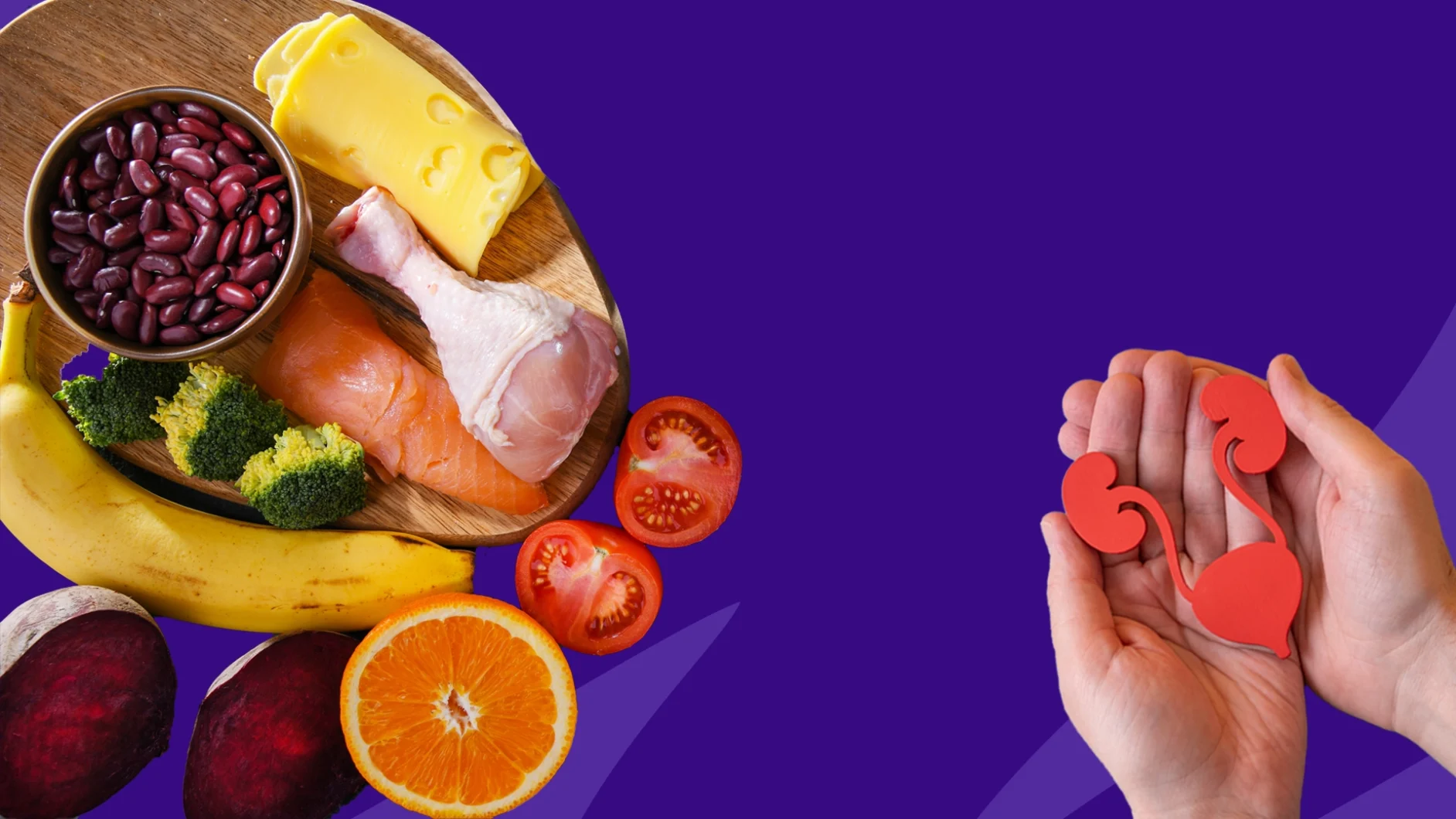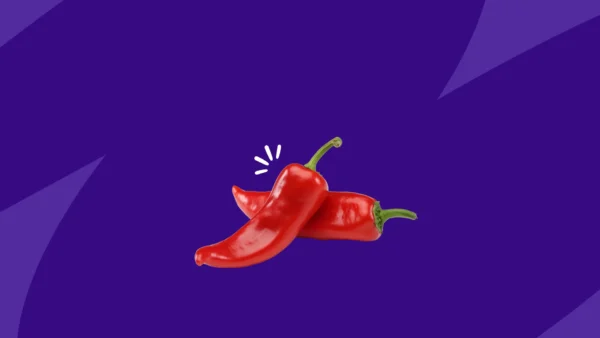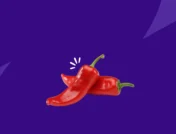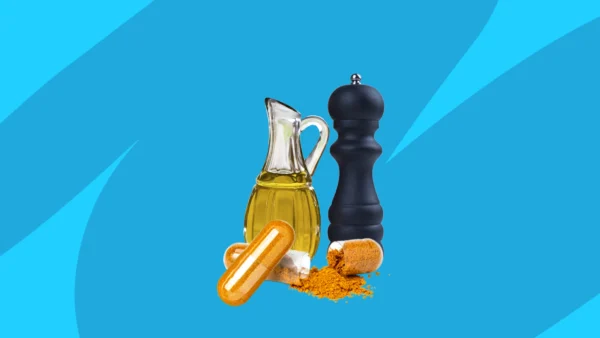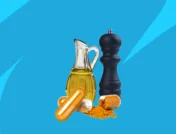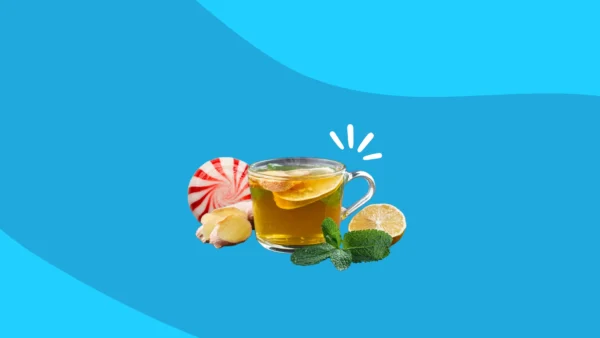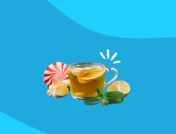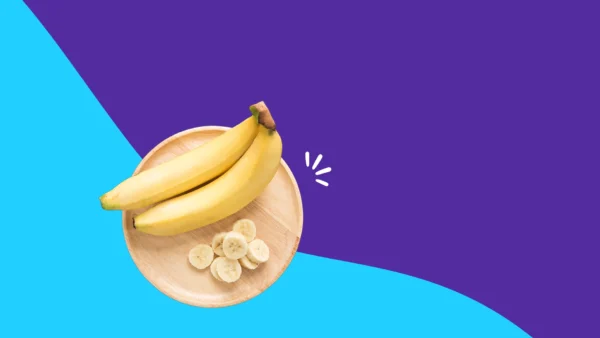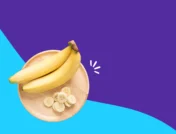Key takeaways
People with chronic kidney disease (CKD) may be at risk of developing high potassium.
The amount of potassium people with CKD need is different for every individual and should be tailored to each person’s kidney function. Not all people with CKD need to limit potassium intake.
If you have CKD, your healthcare provider may recommend avoiding potassium-rich foods, such as dried apricots, bananas, avocados, tomatoes, and certain meats.
Low-potassium foods to include in your diet include apples, berries, lettuce, peppers, pasta, and rice.
Potassium is an essential mineral for your body to function across several systems, including cardiovascular, muscles, nerves, and more. But sometimes, too much of a good thing can be bad for your health. Untreated hyperkalemia (the medical term for high potassium) can lead to sleep difficulties, muscle weakness, and life-threatening heart dysrhythmias.
High potassium can develop in the body due to kidney disease, hormone disorders, acidosis, insulin deficiency, and medications—but acute and chronic kidney disease (CKD) are very common causes. That’s because the kidneys, two bean-shaped organs on either side of the spine behind the abdominal cavity, are responsible for flushing out excess potassium through the urinary tract. If your kidneys are not working correctly, potassium levels can become too high. Luckily, you can help prevent hyperkalemia by adjusting your diet to avoid high-potassium foods (like dried fruit, bananas, avocados, and tomatoes) and eating lower-potassium foods (such as apples, berries, lettuce, peppers, pasta, and rice).
High-potassium foods to avoid
If you have CKD, your healthcare provider may suggest a renal diet, explains Justin Belcher, MD, Ph.D., a nephrology specialist and Associate Professor of Medicine at Yale School of Medicine. Renal diets help protect you from kidney damage by limiting the following:
- Sodium: Too much sodium can be bad for anyone. Reducing sodium intake is especially important for people with chronic kidney disease because salt plays a key role in the development of hypertension in people with CKD. Reducing salt can also reduce your risk of high blood pressure.
- Phosphorus: Phosphorus is another food to limit if you have CKD. Like potassium, phosphorus is a mineral filtered out of the body through the kidneys. When you have kidney disease, your kidneys cannot perform at their best. This can lead to an unhealthy buildup of phosphorus.
- Potassium: Limiting potassium intake to less than 3,000 mg daily means people with moderate to severe CKD can take control of their health and reduce their risk of developing hyperkalemia.
So, what should you avoid if your potassium is high? High-potassium foods, of course.
According to the National Kidney Foundation, these foods have more than 200 mg of potassium per serving—and some of them might surprise you. Vicki Shanta Retelny, RDN, author of Total Body Diet for Dummies, explains that a cup of dried apricots contains a whopping 1,500 mg of potassium, orange juice has 458 mg per cup, and a cup of milk has 322 mg, to name a few.
Potassium-rich fruits
- Dried apricots
- Avocado
- Bananas
- Cantaloupe
- Honeydew melon
- Kiwi
- Mango
- Nectarine
- Oranges and orange juice
- Grapefruit juice
- Papaya
- Pomegranate
- Prunes
Potassium-rich vegetables
- Pumpkin and winter squash
- Most beans, lentils, and legumes
- Artichoke
- Beets
- Broccoli
- Brussels sprouts
- Raw carrots
- Chinese cabbage
- Kohlrabi
- Leafy greens (excluding kale)
- White mushrooms
- Okra
- Parsnips
- Dried beans and peas
- Potatoes, including sweet potatoes
- Rutabaga
- Seaweed
- Spinach (cooked)
- Tomatoes and tomato sauce
- Vegetable juices
Other potassium-rich foods and drinks
- Beef
- Chicken
- Pork
- Salmon
- Bran
- Chocolate
- Granola
- Milk
- Molasses
- Nuts and seeds
- Peanuts and peanut butter
- Salt substitutes
- Yogurt
- Wheat germ
Of course, eating right with CKD isn’t just about which foods to avoid. Here are a few nutrition tips for managing CKD from the National Institute of Diabetes and Digestive and Kidney Diseases (NIDDK):
- Cook food from scratch to avoid the higher sodium content in fast food and frozen dinners.
- Eat small portions of proteins such as meat, eggs, and dairy.
- Enjoy heart-healthy foods such as lean protein, vegetables, fruits, and low-fat dairy.
- Drink alcohol in moderation—no more than one drink per day for women and two drinks per day for men.
Keep in mind that the way you prepare food can affect its nutritional content, reminds Retelny. For example, “soaking potatoes can reduce potassium content by as much as 20%,” she says. “On the other hand, raw spinach contains less potassium than cooked spinach due to the amount of shrinkage when it’s cooked.”
Low-potassium foods to eat
Potassium is an essential mineral, emphasizes Dr. Belcher. All bodies need it for heart function and muscle contraction. If you have kidney disease, your body cannot efficiently process and regulate the amount of potassium in your blood. That’s why your healthcare provider may recommend a low-potassium diet.
“There are a lot of low-potassium, nourishing foods that someone with CKD can enjoy,” Retelny says. She encourages people to consider serving sizes rather than labeling foods “good” or “bad.” Ultimately, a very large portion of a low-potassium food may be equal to a small portion of a potassium-rich food.
Here are kidney-friendly foods and drinks that have less than 200 mg of potassium per serving, according to the National Kidney Foundation. These are great options if you have high potassium levels.
Low-potassium fruits
- Apples
- Blackberries
- Blueberries
- Cherries
- Grapes
- Peaches
- Pears
- Plums
- Raspberries
- Tangerines
Low-potassium vegetables
- Broccoli
- Green beans
- Cabbage
- Carrots
- Cucumber
- Eggplant
- Kale
- Onions
- Peppers
- Zucchini
Other low-potassium foods and drinks
- White bread
- White pasta
- Rice and rice milk
- Nut- and chocolate-free cookies
- Tea (black or herbal)
Though a low-potassium diet can help prevent hyperkalemia, there is no magic potassium-lowering food. “There really are not any foods to eat that bring potassium down,” says Dr. Belcher. “There are, however, medications that can help.” If excess potassium needs to be flushed from your body, your healthcare provider may prescribe diuretics, sodium bicarbonate, albuterol, or medications that can be used to treat potassium levels that are too high.
How much potassium is safe?
Remember, potassium is an essential nutrient for everyone, including those with kidney disease. Your body needs it for everything from heart function to muscle contraction. Ninety-eight percent of Americans eat a diet that’s deficient in potassium because it doesn’t contain enough high-potassium fruits and vegetables.
The U.S Department of Health & Human Services offers the following average daily recommended amounts of potassium for healthy adults:
- 2,600 milligrams (mg) for women
- 3,400 mg for men
- 2,900 mg for pregnant women
- 2,800 for breastfeeding women
There is no set maximum amount of potassium per day because excess potassium is typically eliminated in the urine. But for people with kidney disease, too much potassium can be dangerous.
So, what amount of potassium is safe for CKD? And how much is too much? According to Dr. Belcher, there’s no set answer to those questions. “It needs to be individualized,” he explains. Low potassium levels can be just as dangerous as high potassium levels. Your recommended amount can be impacted by your current kidney function and the medications you are taking, so you should work with your healthcare provider or dietitian on a specific treatment plan.
Sources
- Your kidneys and how they work, National Institute of Diabetes and Digestive and Kidney Diseases (2018)
- Eating right for chronic kidney disease, National Institute of Diabetes and Digestive and Kidney Diseases (2016)
- Renal diet, NephCure
- Potassium in your CKD diet, National Kidney Foundation
- 10 signs you may have kidney disease, National Kidney Foundation (2020)
- Low-phosphorus diet, Mayo Clinic (2023)
- Patient education: Low-potassium diet, UpToDate (2023)
- Potassium, National Institutes of Health (2021)
- 98% of American diets potassium-deficient, NutritionFacts.org (2013)
- Sodium intake and chronic kidney disease, International Journal of Molecular Sciences (2020)
- Hyperkalemia, StatPearls Publishing (2023)



